|
Looking for some activities to do together over spring break? Here are a few ideas:
0 Comments
I came across this fun idea on Facebook and thought I'd share it here in case any families were interested. What a fun way to practice identifying colors/sorting by color!
Did you know that the Lane Public Library in Hamilton has some phenomenal kindergarten readiness activities you can use while visiting the library? All activities must stay in the library, but this is a wonderful way to practice various kindergarten skills including rhyming words, number recognition, and letter/sound recognition. They even include ideas for at home activities to try! Ms. Serenity says that her daughter Sienna loves these activities. I am including a few pictures from one of their visits to the library so you can see them for yourself. If you get a chance, check them out! :)
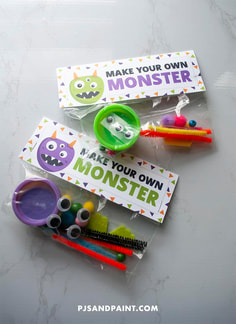 Hello EC Families! I wanted to share a great craft idea from one of our Halloween parties this week! The students used playdough, sequins, pipecleaners, and googly eyes to create their own monsters. The best part of this activity was that children could take their monsters apart and create new ones for as long as they were engaged in the activity! Thus, the children were entertained by this activity for longer! This activity could also be modified for other parties. For instance:
Another awesome idea for this activity is to put all the materials in individual ziploc bags for the students so they can take them home after the party! That way, they can still have fun with them at home OR if we run out of time at the party, the children can still do it when they get home! Blessings, Mrs. Soldner Hello TK Families!
We will be working on sight words at school throughout most of the year in TK. We will be doing monthly sight words for the months of September, October, November, January, February, March, April, and May. You can help your child master these words by working on them together at home. Our goal is for children to be able to read the words when they see them. Here are some ideas for how you could practice these words together at home:
Have fun! :) Hello Preschool Families!
Letter recognition is a big preschool skill, especially if your child will be going onto Kindergarten next school year. I wanted to provide some ideas of different ways that you can practice letter identification together at home. That way, you're not always doing the same thing each time. Hopefully this will help to make it more fun and engaging for both you and your child.
There are countless ways that you can practice letter and sound recognition with your child! I hope that you will find some of these ideas helpful and enjoyable. Have fun learning! Blessings, Ms. Barker Hello Preschool Families!
I wanted to write a post about rhyming. This is an important pre-reading skill for preschoolers to master. Being able to rhyme, will help your child become a stronger reader because he will be able to more easily notice the sounds in words. While doing assessments the past couple of weeks, I noticed that many of the preschoolers this year struggle with rhyming. Therefore, I wanted to provide you with some ideas/resources to help you practice rhyming words together at home. Here are some websites you can visit the provide both ideas and resources for teaching rhyming to your child. They include suggested books to read together and downloadable resources that you can use to practice this skill with your child.
Also, you can check out Teachers Pay Teachers (TPT) and find even more printable resources that you can use with your child. Some are free, some cost a little money. I will provide some of my favorites (free and non-free) that you can choose to download and use at home. FREE:
I hope you will find some of these ideas helpful for you and your child! Thank you so much for all you do at home to help your child continue to learn and grow at school and in life. Blessings, Ms. Barker Hello Preschool Families!
Since we are exploring our 5 senses this month at school, I wanted to provide you with some ideas for how you could continue this exploration together with your child at home. I hope you'll find at least some of these helpful and enjoyable. Sight:
Hearing:
Smell:
Touch:
Taste:
I hope you are able to try some of these activities with your child! Enjoy! Blessings, Ms. Barker Hello Preschool Families,
Fine motor skills are an essential part of preschool. Many children enter school with low fine motor skills. We use a variety of activities at school to develop these skills, but you can also help your child develop these skills even further at home during play and daily activities. Here are some ideas that you could try:
These are just a few ideas! Hopefully you find some of these helpful for your child at home. Blessings, Ms. Barker Hello Preschool Families!
I sincerely apologize for my delay in this post (and in making videos). I've been busy moving into my new house! My internet will get set up tomorrow morning and hopefully I can start posting videos to YouTube after that! Look for new videos later this week! For now, I just wanted to give you some ideas of things you can work on over the summer and some fun ways to practice these skills together at home! Skills to Practice:
Ways to Practice:
Blessings, Ms. Barker |
AuthorI'm Mrs. Soldner, the early childhood teacher and director at Immanuel Lutheran School. I have been teaching preschool since 2016 and have been teaching here at Immanuel since 2018. Archives
April 2023
Categories
All
|
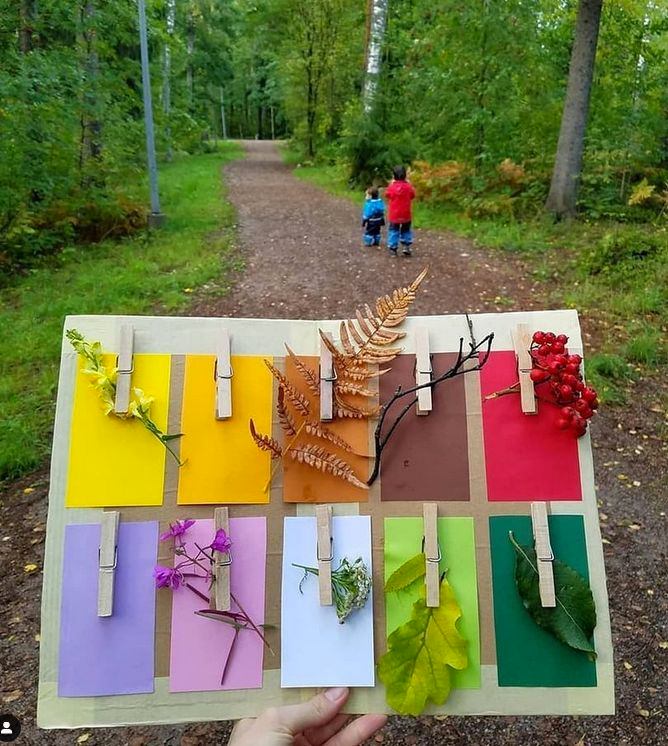
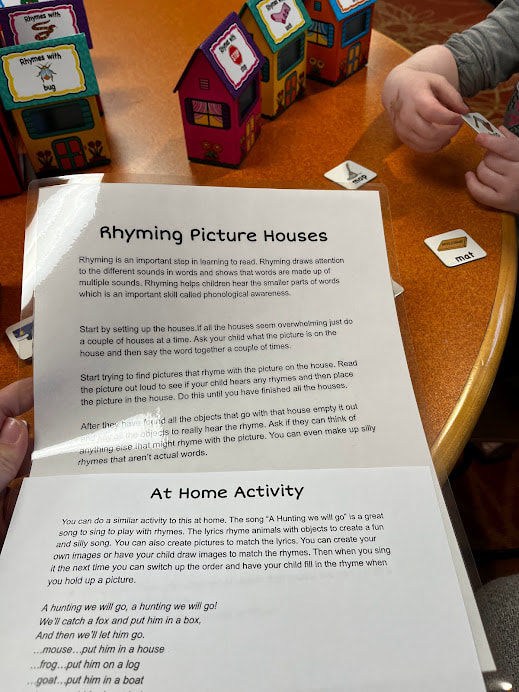
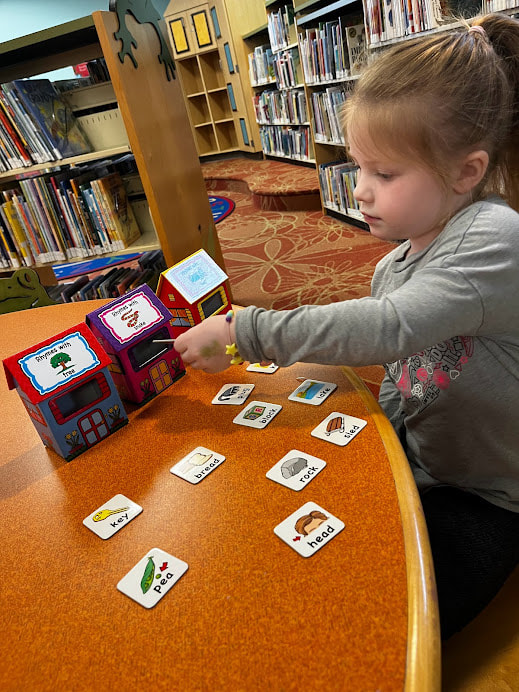
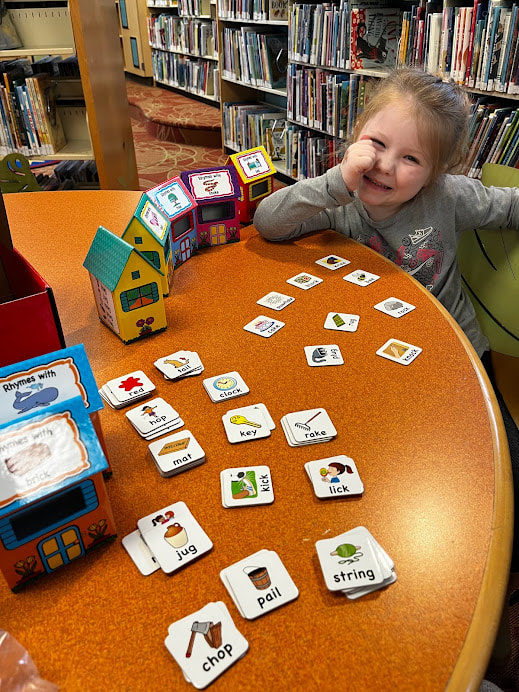
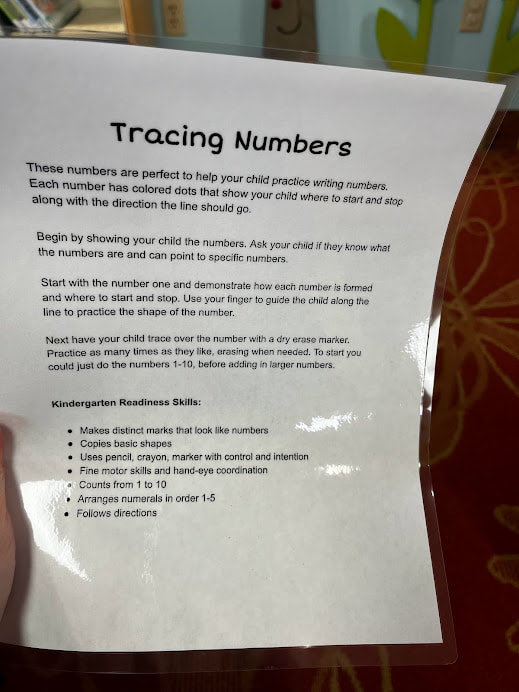
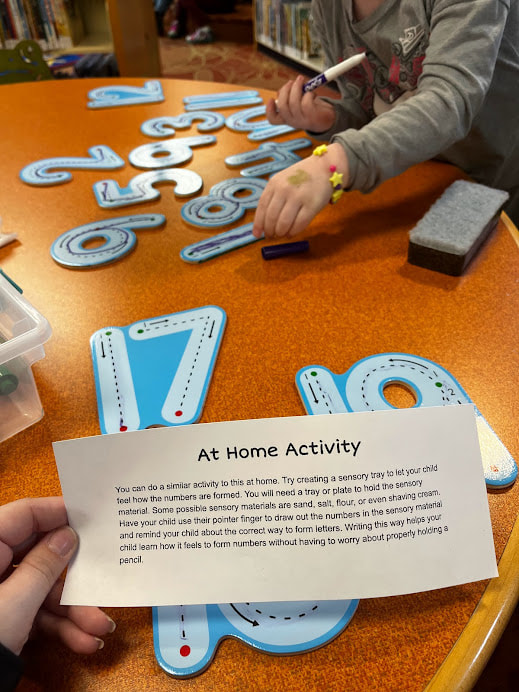
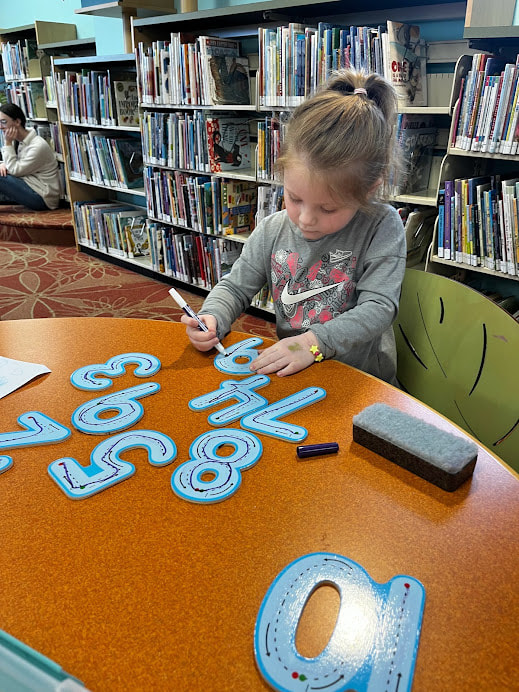
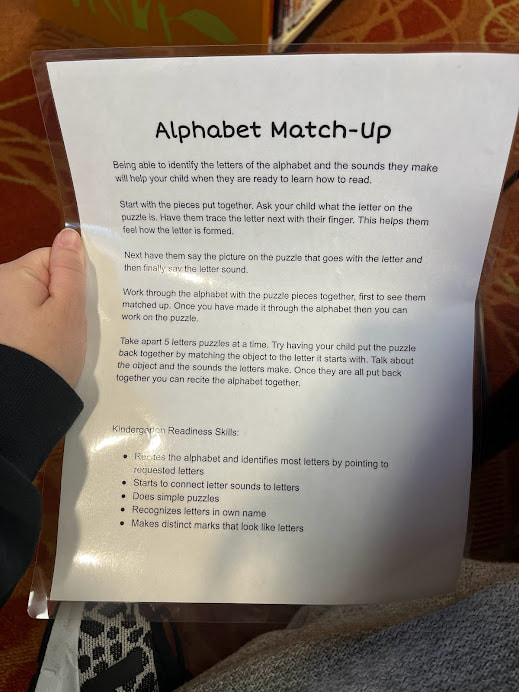
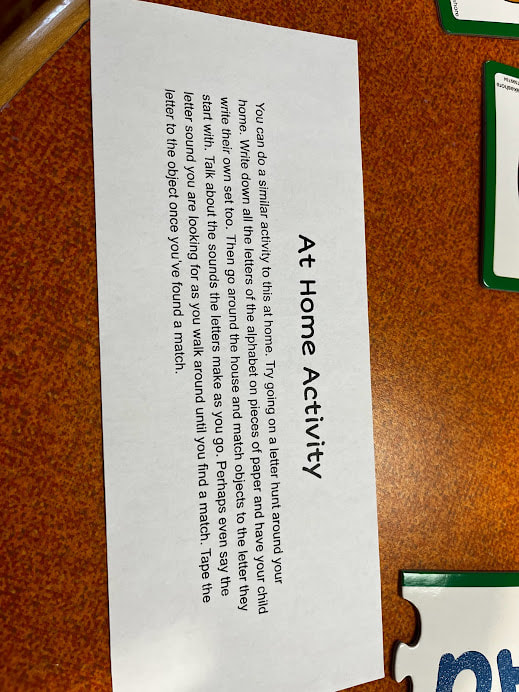
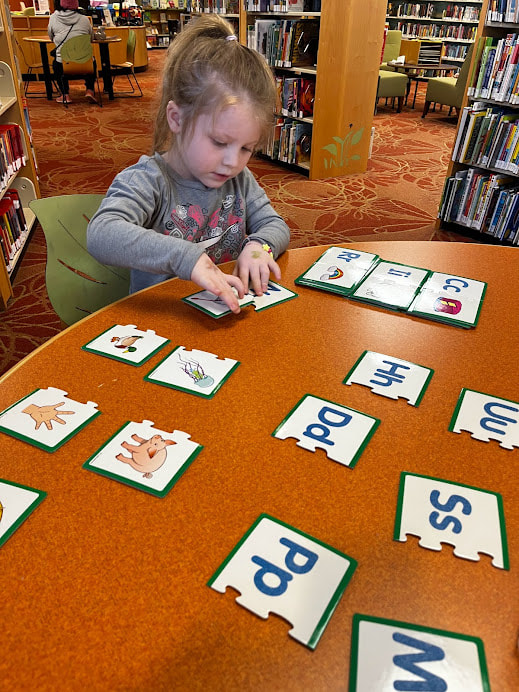
 RSS Feed
RSS Feed